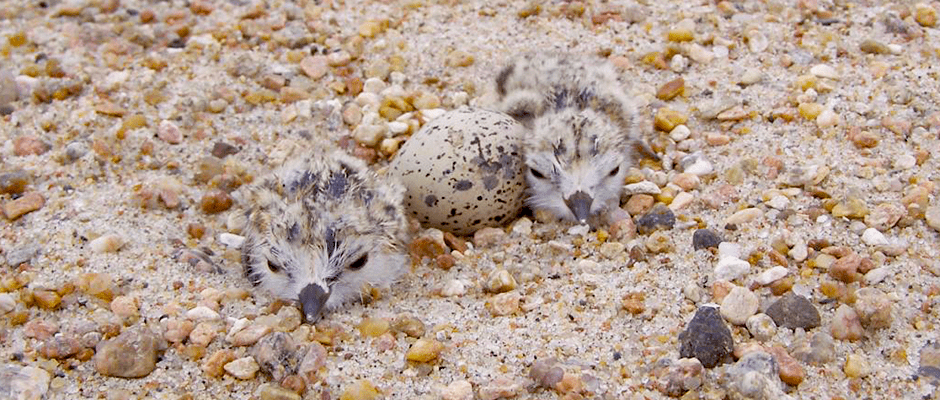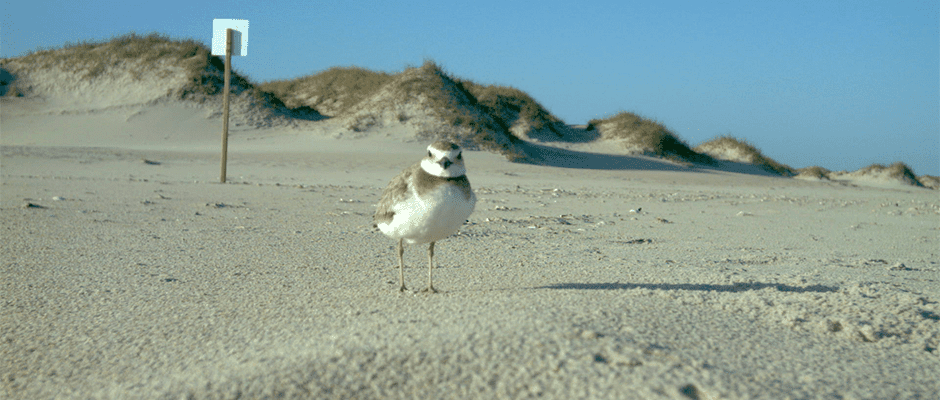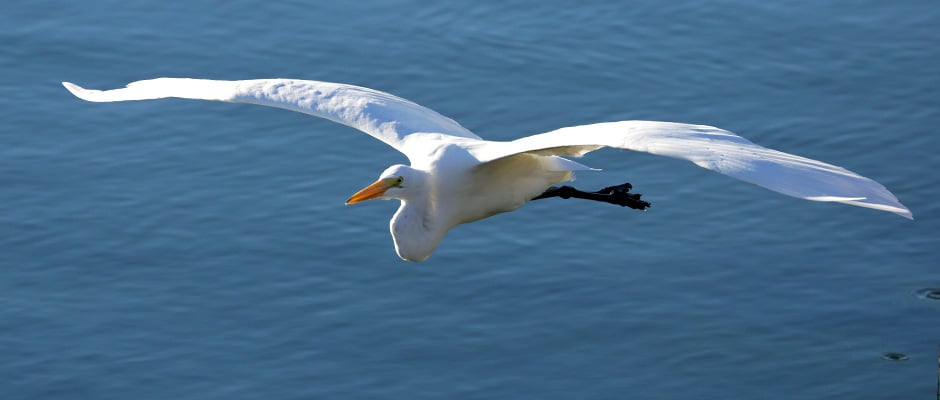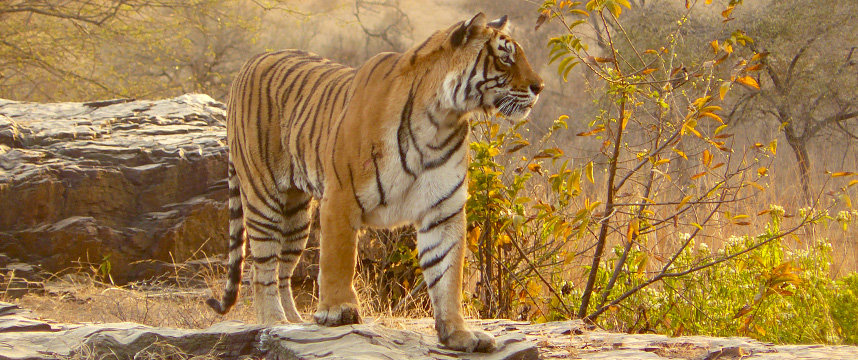- News
-
-
-
-
-
Latest News Articles
- Can biodiversity boost mental health? April 22, 2024
- When brown treesnakes don’t take the bait April 22, 2024
- Wildlife Vocalizations: Kylie Perez April 19, 2024
-
-
-
- Wildlife Professional Resources
-
- Our Network
-
- PUBLICATIONS
-
-
Recent Posts
-
 The Wildlife Professional November/December Issue
November 1, 2023
The Wildlife Professional November/December Issue
November 1, 2023
-
-
-
-
-
-
- Wildlife Events
-
-
-
Upcoming Webinars
- No Events
-
-
-
- Who We Are
-
Category: TWS Wildlife News

December 10, 2015
Brown Tree Snake Research Wins DoD 2015 Project of the Year
This month, experts with the USDA-APHIS Wildlife Services (WS) program were honored with the 2015 Project of the Year Award for Resource Conservation and Climate Change from the Department of...

December 10, 2015
Are Bison Adopting Sedentary Eating Habits?
Bison that once roamed the continent in search of nutritious grass may be adapting to a wider diet to suit a more sedentary lifestyle. “If you’re going to be keeping...

December 7, 2015
Piping Plovers May Not Benefit From Watershed Drainage
Draining watersheds may not be helping federally threatened plovers, according to new research. “We could be continually making it harder for them to maintain and grow their population because there’s...

December 4, 2015
New York State Forests May Be at Their Peak: Report
The overall forest cover of New York State may have reached a peak, according to a new federal report. The U.S. Department of Agriculture’s Forest Service conducted an inventory of...

December 3, 2015
Large, Urban Birds Most Tolerant of People
With humans increasingly encroaching on wildlife habitat, it makes sense that some animals would be disturbed by their presence. However, over time, many species are growing accustomed to these encounters...

December 2, 2015
Wild Cam: How Airplanes Ruffle Plover Feathers
Wilson’s plovers (Charadrius wilsonia) would probably do well with a little peace and quiet when incubating their eggs — whether from natural predators, humans, vehicles and, according to recent research,...

December 1, 2015
Wolf Pack Size Has Big Impact on Livestock Attacks
New information about the likelihood that a wolf pack will reattack livestock could give wildlife managers better tools to prevent such conflicts. “We found that the biggest factor that affected...

November 24, 2015
Natural Wetlands are First Choice for Egrets
While human-influenced wetlands such as flooded rice fields and ponds are available to great egrets (Ardea alba) in Louisiana and South Carolina, they still prefer to forage in natural wetlands,...

November 23, 2015
Wild Cam: What’s Killing India’s Tigers?
Surveillance and old-fashioned detective work are helping researchers track down suspects responsible for tiger losses in an Indian wildlife reserve. “Tiger mortality isn’t totally related to natural events,” said Paul...

November 23, 2015
Combining Old School and High Tech — from The Wildlife Professional
Powerful Tracking Tools to Help Reduce Raptor Conflicts After the devastating effects of DDT and other organopesticides on birds across the United States, the extraordinary comeback of many birds of...

